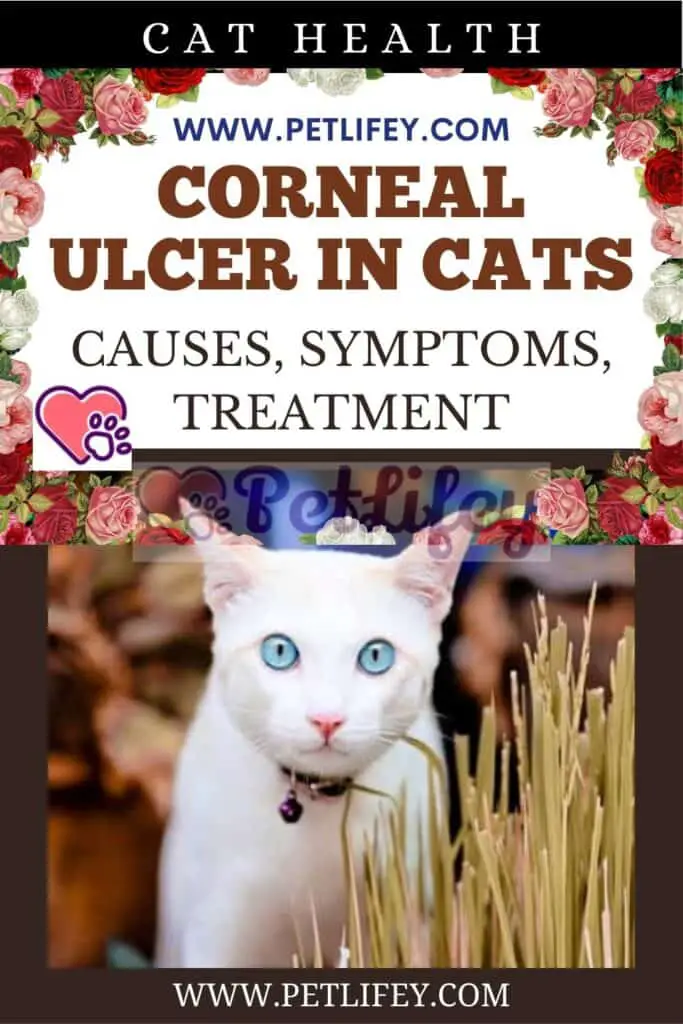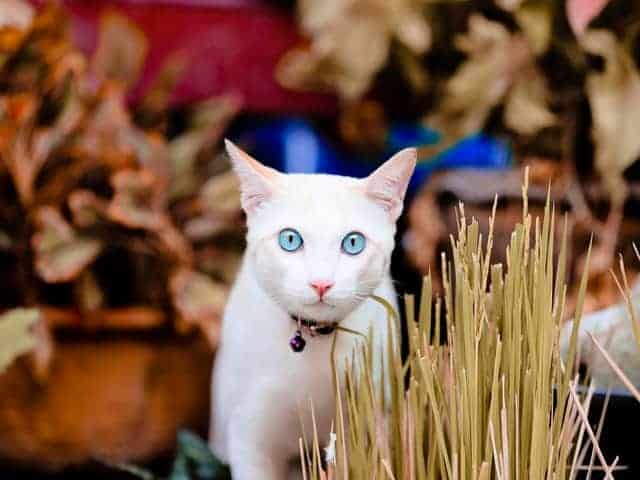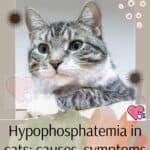Corneal ulcer in cats is a lesion that can affect the eyes of the animal. It is a very common disease in felines as well as dogs. Let’s try to understand what it is specifically and what is the best way to intervene and help the furry one.

Our beloved cat can be subject to all kinds of diseases, even those that affect his eyes. The care and attention we nurture for the hairy are not always enough to protect them from some evils. Sometimes a sudden infection can arise that we are forced to deal with it. Today, let’s talk about a very common eye injury in pets. Let’s see, together, what the corneal ulcer looks like in cats and what are the most suitable treatments for its cure.
Corneal ulcer in cats: what you need to know
Corneal ulcer in cats is a typical eye disease not only in this animal, but also in other furry pets, such as dogs and rabbits. Let’s see what it is exactly and what its consequences may be in our feline.
Before talking about a cat’s corneal ulcer, let’s see what the cornea is and how it is structured in the animal and what its characteristics are. The cornea of the cat is also the transparent part of the eye and this is protected by three eyelids : lower and upper eyelid, together with the eyelid or nictitating membrane, which the human being loses after birth. This eyelid has the task of allowing tearing and protecting the cat’s eye. The cornea, in fact, is also protected by a pre-corneal film, which helps to keep it always hydrated.
Continuous hydration of the cornea is very important, because it ensures its transparency and allows light to reach the retina inside the eye. Only with this process, the feline is able to look and have a correct view of things. The cornea is made up of five layers : epithelium, in contact with the outside, basement membrane, corneal stroma, Descemet’s membrane and endothelium. If the cornea of the eye is damaged, the severity of the lesion is analysed by verifying which and how many layers of this have been affected.
An injury to the cornea of the eye impairs the clean vision of the eye, which loses its main functions. We can therefore say that the corneal ulcer in cats is a very deep lesion of the epithelium. The more severe this injury, the more punctured the cat’s eye and its vision impaired. If the wound is not deep but more superficial, we are talking about corneal erosion. This is considered less serious and can heal in a few days. If the erosion is not treated it can develop into a corneal ulcer. In any case, corneal ulcers are identified based on the damaged tissue layers.
Corneal ulcer in cats can lead to poor corneal protection, exposing them to bacterial infections, which can delay its healing. If the ulcer touches the middle of the corneal stroma, it is a deep ulcer. A superficial lesion of the epithelium, on the other hand, can heal even without any treatment within 10 days. Without infection, the superficial ulcer can heal in a few weeks. The problem, in the presence of a corneal ulcer, is that this is always at risk of bacterial infection and this tends to allow time to pass before total healing.
Poor corneal protection can be caused by abnormalities in the eyelids. In the event that there is no complete closure of the eyelids, the pre-corneal film tends to dehydrate the most exposed part of the cornea, which is usually the central one, more. This causes the eye to become dull in the cat and the cornea is more exposed to corneal irritation or erosive lesions such as, for example, rubbing of the eyelashes on the cornea and consequent ulcers. Even a trauma to the eye can cause corneal ulcers in cats , as a foreign body, bacterial and viral diseases.
The feline and corneal ulcer: causes and treatment

How can a cat’s corneal ulcer be diagnosed? Let’s see what are the typical causes of this injury and what are the best treatments to know, based on the damage in our furry’s eye.
We have seen that trauma also causes corneal ulcer in cats. In fact, it is the most common cause. The feline, like other animals, tends to receive scratches from other animals or from the branches of trees it encounters on its way. Bodies or external substances can equally injure your eyes, such as small particles of dirt or gravel which, in contact with the eyelid, can damage the cornea of the eye more or less severely. Other causes of ulcers in the eye are chemicals such as cat shampoo, as well as contact with an eyelash or hair of the animal itself.
It is precisely the identification of the cause of the cat’s corneal ulcer that allows us to intervene adequately and with the right treatment for him. The typical symptoms of corneal ulcer are: redness, excessive tearing in the cat, pus, intense pain, the constant need to scratch. The condition of the severity of a corneal ulcer will indicate the right treatment prescribed by the vet, its duration and control over the infection, as well as the prevention of scarring of this. Corneal ulcer in cats can often cause painful spasms and flashes inside the eye.
Continuous follow-up visits to the vet are essential and the fluorescein test will analyse the progressive healing of the animal. It is very important for the owner of a furry cat to always note if one or both of the cat’s eyes are watery or always closed and immediately inform your veterinarian. It will be he who will determine, after a careful control of the feline, which is the most suitable therapy for his case, if a therapeutic approach or if surgical intervention is necessary. Usually, the surgery leads to a repair of the cornea, in the time of a month, with the return to the correct vision.






